How to disassemble a glued washing machine tank?
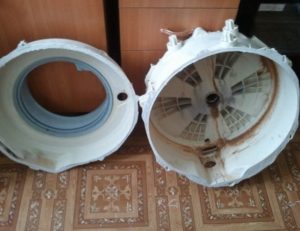 The bearings currently produced are not of ideal quality, which, if operating rules are periodically violated, results in constant repair of the bearing assembly. Every 2-3 years the “rings” have to be changed, the old ones must be dismantled and new ones installed. For the second and subsequent times, it is necessary to disassemble the glued tank of the washing machine. What is the difference between repeated division and how it is carried out - we will tell you in detail.
The bearings currently produced are not of ideal quality, which, if operating rules are periodically violated, results in constant repair of the bearing assembly. Every 2-3 years the “rings” have to be changed, the old ones must be dismantled and new ones installed. For the second and subsequent times, it is necessary to disassemble the glued tank of the washing machine. What is the difference between repeated division and how it is carried out - we will tell you in detail.
Let's halve the glued tank
Disassembling a glued tank will be different from working on a “new” tank. First of all, this will affect fixation, since after repair it will be attached not only with self-tapping screws, but also with sealant. The first ones are easy to unscrew, but the second one will have to be tinkered with - the dried glue holds well and is not removed quickly.
Some “craftsmen” suggest removing the sealant with a sharp knife, picking and cutting. However, experienced craftsmen do not recommend doing this for two reasons. Firstly, it is too long and ineffective. Secondly, the blade can jump off its intended path and puncture the tank, creating a new problem. It is much safer and more effective to go the other way: cut the tank with a hacksaw with small swashing machines, going in a circle along the seam. Repeated cutting will be easier, since only the layer of dried glue will provide resistance. The main thing is to act extremely carefully, focusing on the old “path”. Even the slightest bevel will ruin the tank - gluing it will be extremely difficult.
The sealant remaining after the initial gluing must be removed from the seam.
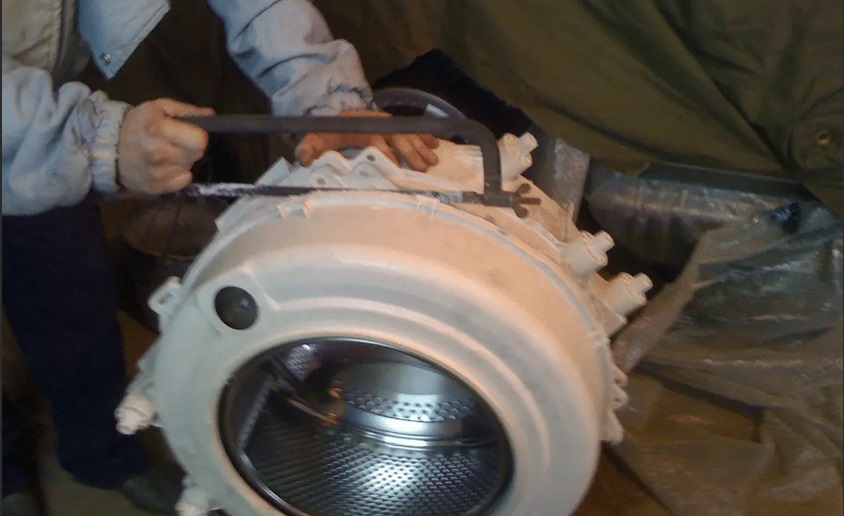
It is not enough to simply halve the tank - it is important to remove any remaining sealant.A layer of dried glue will prevent the tank from sticking together, so you need to clean it off the seam. We proceed like this: take fine-grained sandpaper and sand the cut without going into the plastic. Then we shake off the crumbs with a rag and proceed to repair the bearing assembly.
Replacing a broken bearing
To replace bearings you need the “rings” themselves. In order not to be mistaken with the size of the components, you need to check the serial number of the washing machine in the factory instructions or on the markings stuck on the back panel of the machine. Then we inform the consultant of the combination or place an online order on the manufacturer’s website. There is another option - dismantle the old parts, bring them with you and ask the seller to select similar ones.
Having received new components, we begin repairing the unit:
- We install a smaller bearing on the outside of the drum, entering from the rear wall;
- we fix the ring with a hammer and drift (when hammering in the bearing, it is necessary to direct the hammer strictly along the outer part of the race, since “internal” impacts will damage the part);
The bearing assembly consists of two cages: the first, smaller one, is installed at the bottom, and the second, larger one, is placed at the top.
- We attach the second bearing to the seat;
- fix the clip with one blow of a hammer;
- drive in the ring according to the standard pattern;
- We install an oil seal on top of the rings.
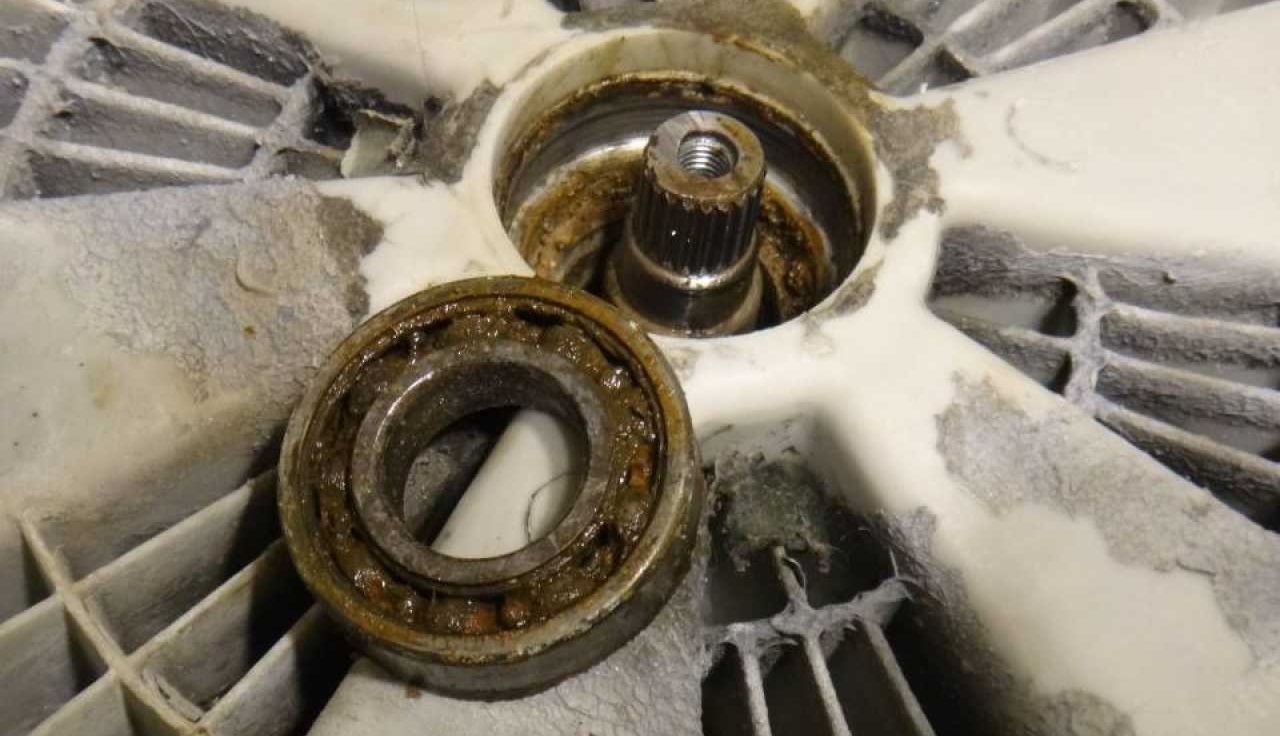
The replacement ends with sealant treatment. The oil seal, the joint and the shaft are generously lubricated with a moisture-repellent composition, which will increase the wear resistance and strength of the structure and extend the service life of the bearing assembly. Without such a protective layer, the rubber gasket will quickly become unusable: when washed, water will seep into the mechanism and ruin it.
Gluing the halves of the tank together
Having dealt with the bearings and oil seal, we proceed to assembling the tank and the machine. The first step is to hook the drum to the crosspiece so that the rod is fixed in the seat. Then we tighten the pulley ring with the provided screw and begin gluing the tank.
The edges of both halves of the tank must be cleaned again and degreased with a special compound. Then we apply a moisture-repellent and heat-resistant sealant along the edge. It is important to correctly measure the amount of adhesive: there should be no less and no more. Then we connect the two parts together and tighten the structure with fasteners. There is no need to skimp on holders - it is better not to limit yourself to self-tapping screws, but to use a screw with a nut, locknut and washers.
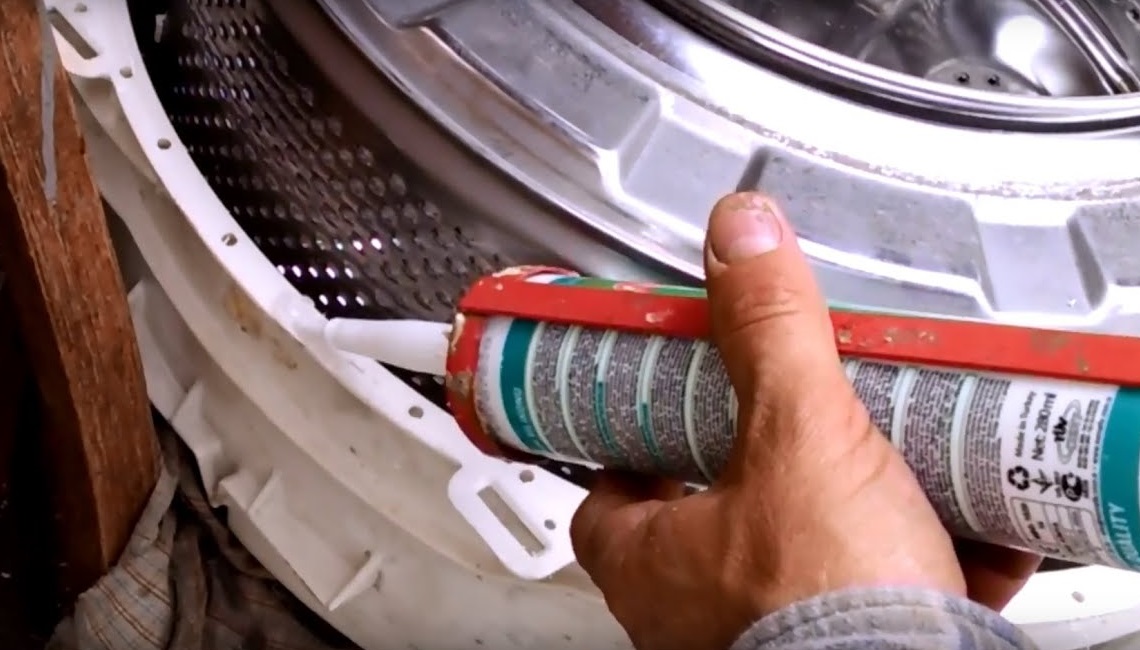
After gluing, the sealant must dry completely. The hardening time depends on the texture and type of lubricant and is always indicated on the packaging of the product. Professionals recommend playing it safe and waiting “above” the appointed time for another 1-3 hours. There is no need to cut off the glue that has come out of the seam - it will serve as additional protection.
It is not worth putting the tank into use right away; it is better to first test it for leaks. You need to plug all the holes with rags and fill them with water. If there are no drops or smudges on the sealant, then you can start the wash.
Interesting:
Reader comments
- Share your opinion - leave a comment

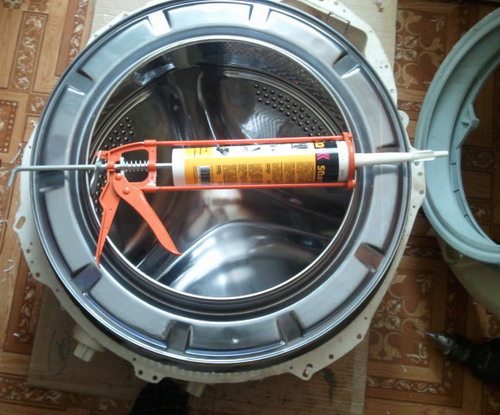
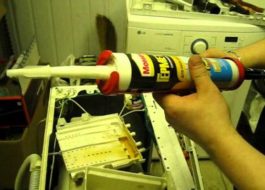
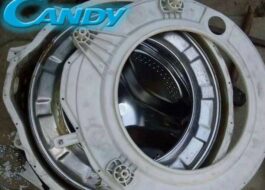
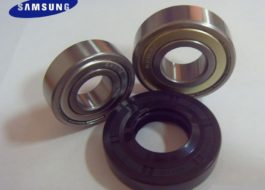

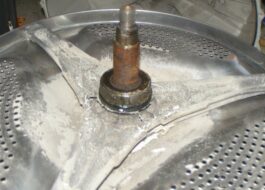


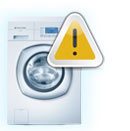
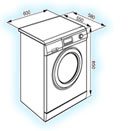



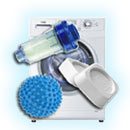


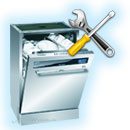
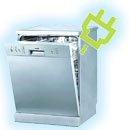


Add a comment